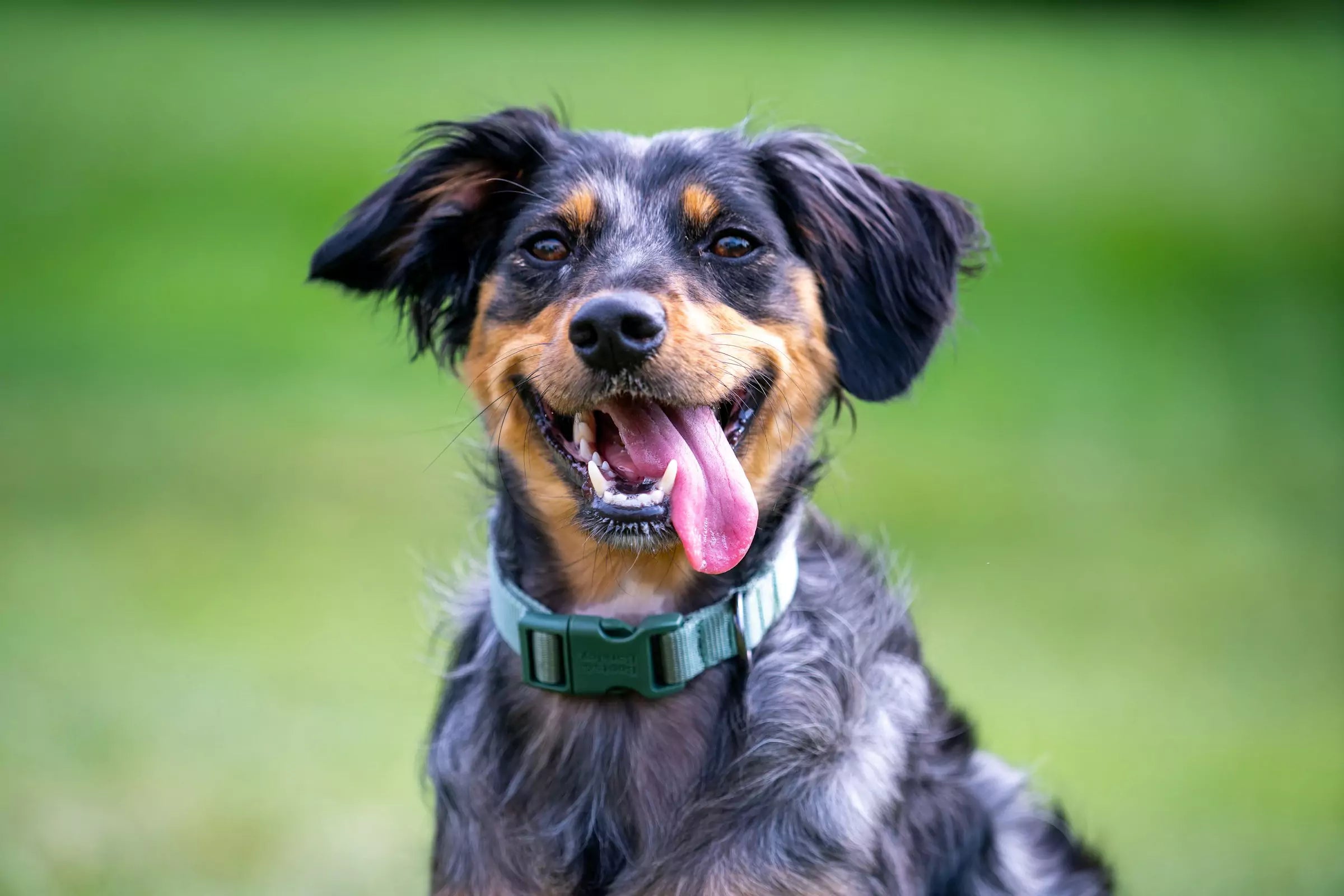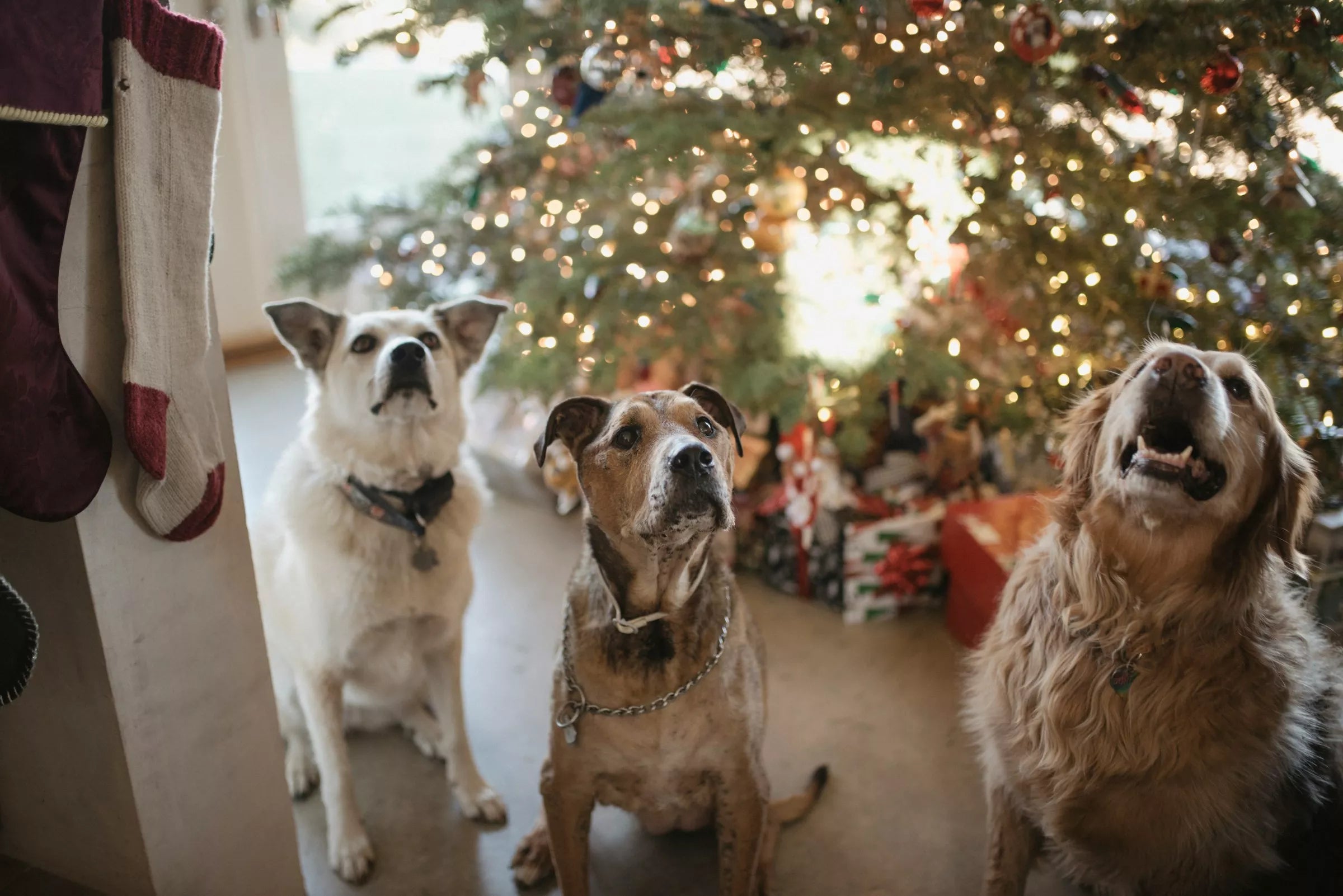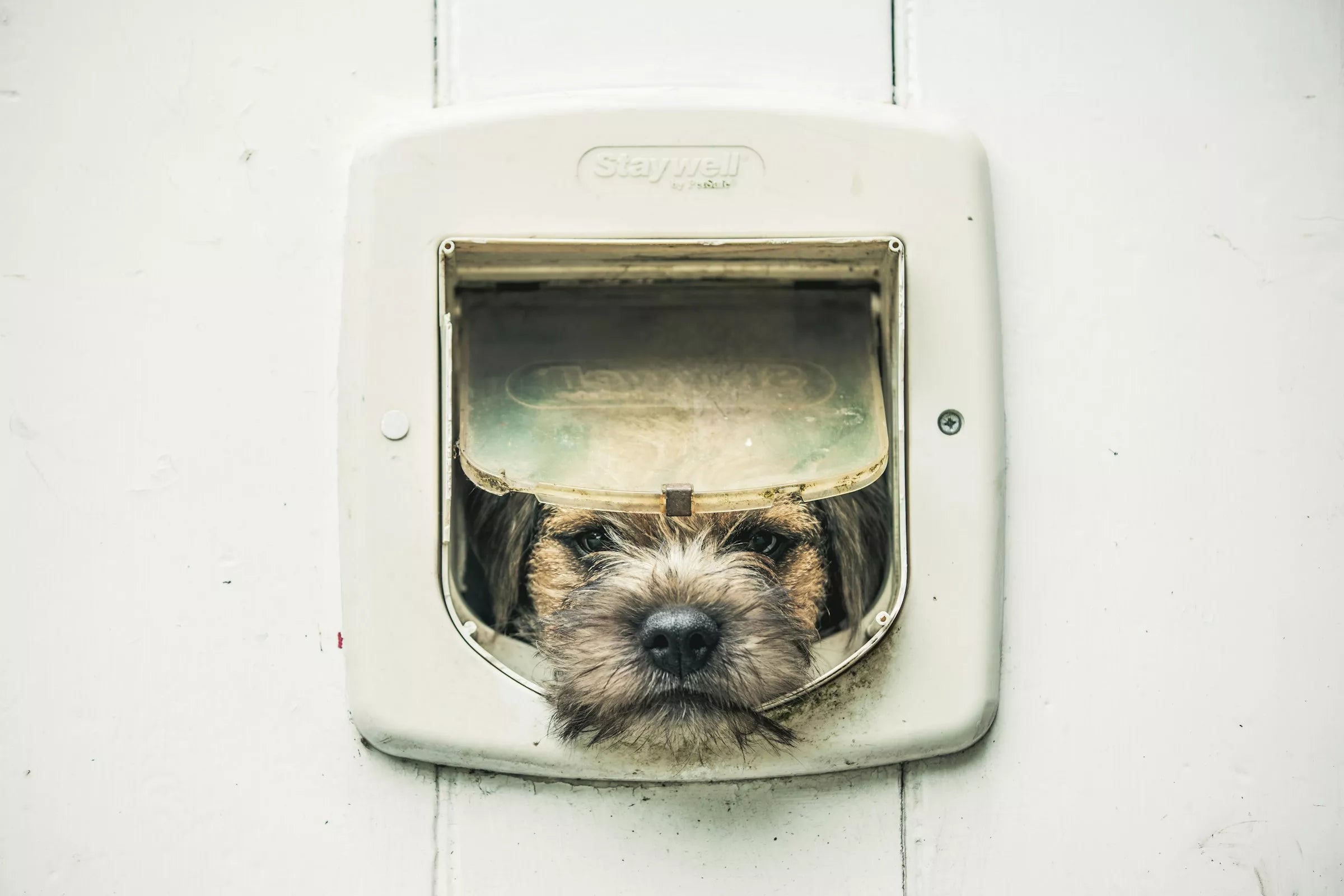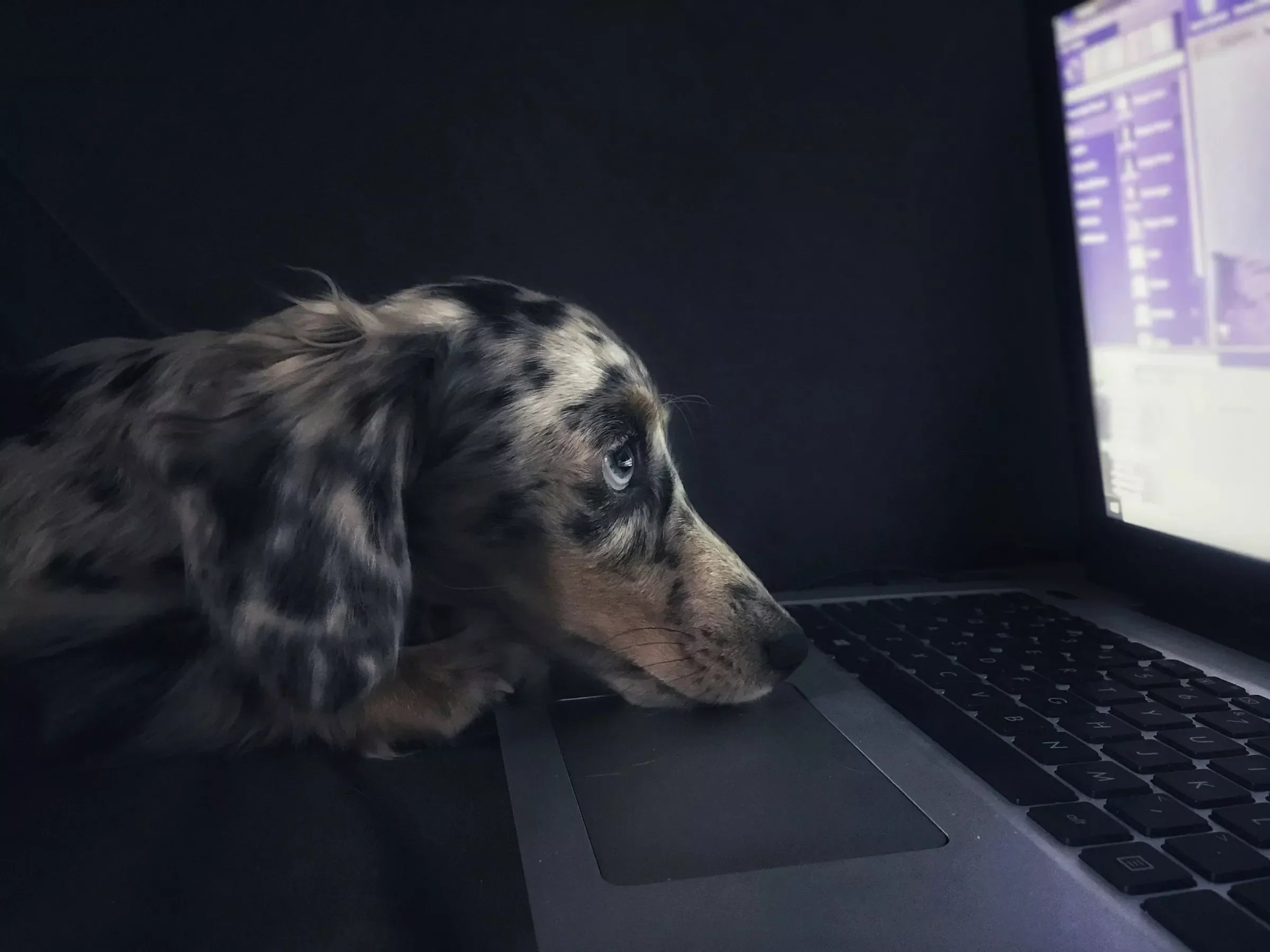Introduction
If you’ve noticed your dog’s breath has taken on an unpleasant smell, you’re definitely not alone. Bad breath in dogs can be pretty common, but it’s not something we should ignore. That smell can actually be a sign of something going on in their mouths—or even in their health overall—that we need to pay attention to. Let’s walk through the causes, easy ways to freshen things up, and some simple steps we can take to keep our furry friends smelling sweet and feeling their best.
Why Does My Dog Have Bad Breath?

Let’s start with the “why.” Many times, bad breath in dogs (or "doggy breath," as some of us like to call it) is simply due to a buildup of bacteria in their mouths. Just like us, dogs’ teeth and gums can develop plaque and tartar if they aren’t cleaned. But sometimes, bad breath can also signal other health issues, such as:
- Dental Problems: Plaque buildup, gingivitis, or even loose teeth.
- Dietary Issues: Certain foods, treats, or anything they’ve “sampled” while out in the yard.
- Digestive Problems: Stomach or gastrointestinal troubles can bring about foul breath.
- Kidney or Liver Disease: In more serious cases, bad breath can be a symptom of kidney or liver issues.
Each of these has its own signs and solutions, so understanding the root cause can help us know the best way to treat it.
Signs It’s Time to Address Your Dog’s Bad Breath
Not sure if you should take action? Here are a few signs that it’s time to look closer:
- Consistently Foul Smell: If your dog’s breath is persistently bad, it’s not just something they ate.
- Pawing at Their Mouth or Drooling: This can signal dental discomfort.
- Loss of Appetite or Difficulty Eating: If they’re skipping meals, it could be because their mouth hurts.
- Behavior Changes: Dogs in pain may become irritable or unusually quiet.
If any of these symptoms pop up, it might be time for a vet visit to rule out anything serious.
Step 1: Brush Their Teeth (It’s Easier Than It Sounds!)

This might sound ambitious, but brushing our dog’s teeth is one of the most effective ways to combat bad breath. It only takes a few minutes and can make a huge difference in their overall health.
- Use Dog-Specific Toothpaste: Human toothpaste can be harmful to dogs, so grab a dog-safe option with flavors like chicken or peanut butter. (Trust me, they’ll love it!)
- Get a Dog Toothbrush: Dog toothbrushes are designed for those little teeth, with softer bristles and easy-to-hold handles.
- Start Slow: If this is new for both of you, start slow and make it a fun experience. Let them lick the toothpaste, and slowly introduce the brush.
Even brushing a few times a week can reduce plaque buildup and improve their breath significantly.
Step 2: Dental Chews – Your Dog’s New Favorite Treat

Dental chews are a great backup plan if brushing is a bit too challenging. These treats are designed to help scrub away plaque as they chew and are usually loved by dogs of all ages.
- Look for Quality Ingredients: Choose chews with natural ingredients, as some brands contain additives or sugars that don’t do your dog’s health any favors.
- Get the Right Size: Larger dogs need bigger chews to be effective, while smaller dogs should have chews appropriate for their size to avoid choking hazards.
- Monitor While They Chew: While most dogs are fine with chews, keep an eye on them, especially the first few times, to make sure they’re safe.
Dental chews can be a tasty way to freshen your dog’s breath and even reduce tartar buildup.
Step 3: Healthy Diet, Healthy Breath
What goes into your dog can affect what comes out! A balanced, high-quality diet is essential for their dental health, and certain foods can even help reduce bad breath.
- Avoid Table Scraps: Leftover people food can lead to stomach problems, which can cause bad breath.
- Try Dry Kibble: Some vets recommend dry kibble over wet food because it helps scrape the teeth as dogs eat.
- Fresh Vegetables as Treats: Carrots, apple slices, and celery can be a crunchy, fresh option for dogs, naturally reducing plaque.
Even simple changes to your dog’s diet can help keep their breath smelling better over time.
Step 4: Check for Other Health Issues
If your dog’s bad breath doesn’t improve with brushing, chews, and diet, it might be worth checking for underlying health issues. A vet can do a thorough exam to make sure nothing more serious is going on.
- Dental Checkup: A professional cleaning may be needed if your dog’s teeth have heavy plaque buildup or visible decay.
- Blood Work: Tests can help identify potential issues with the kidneys, liver, or other internal systems.
- Fecal and Urine Tests: These tests can detect problems in the digestive or urinary systems.
Sometimes, treating these underlying conditions can make a world of difference, not just for their breath but for their overall well-being.
Natural Remedies to Try at Home
If you’re looking for gentle, natural ways to help keep your dog’s breath fresh, try some of these options:
- Parsley: A sprinkle of fresh parsley in their food can naturally freshen their breath.
- Coconut Oil: Many dogs love the taste of coconut oil, which has antibacterial properties. Try adding a small amount to their food.
- Apple Cider Vinegar: Just a teaspoon added to their water bowl can help balance bacteria in the mouth and gut.
Always check with your vet before trying a new remedy, especially if your dog has any health conditions.
Tips for Keeping Your Dog’s Breath Fresh Year-Round

Keeping your dog’s breath fresh doesn’t have to be a chore. With a few regular habits, you can help maintain their dental health and keep those kisses sweet.
- Routine Brushing: Once your dog’s used to it, brushing will get easier.
- Regular Vet Visits: Annual or bi-annual check-ups help catch potential dental issues early.
- Healthy Treats: Crunchy vegetables or dental chews make for a tasty, healthy reward.
- Water Additives: Ask your vet about dog-safe water additives that can help with dental hygiene.
When to See the Vet for Bad Breath
Not all bad breath is created equal. If your dog’s breath suddenly smells metallic, fruity, or ammonia-like, these could be signs of a more serious health issue. Any sudden changes should be checked out by a professional, especially if other symptoms like lethargy, vomiting, or loss of appetite show up.
Conclusion
Bad breath might seem like a small inconvenience, but it’s often a signal from our dogs that they need a little extra help with their dental or overall health. With a few easy changes—like brushing, trying dental chews, and keeping up with regular vet visits—we can help our pups stay healthy and keep their breath fresh. After all, they deserve to be at their best, and so do we (especially when those kisses come our way!).
FAQs
1. What if my dog hates brushing? Try dental chews or water additives as a gentler option. Starting slow and making it a positive experience can also help them adjust.
2. Can bad breath be a sign of illness? Yes, in some cases, it can signal kidney, liver, or digestive issues. If bad breath is persistent, a vet visit is a good idea.
3. How often should I brush my dog’s teeth? Aim for at least a few times a week. Daily brushing is ideal but may not always be possible.
4. Are there foods that can improve my dog’s breath? Yes! Fresh veggies like carrots and apple slices can help reduce plaque naturally. Avoid giving your dog garlic or onions, though, as they’re toxic to dogs.
5. Is coconut oil safe for dogs? In small amounts, yes! Coconut oil can be a tasty, natural way to help reduce bacteria in the mouth. Just keep the servings moderate and check with your vet first.















Share:
How Can I Teach My Dog to Walk Nicely on a Leash?
3 Basic Commands Every Dog Parent Should Master